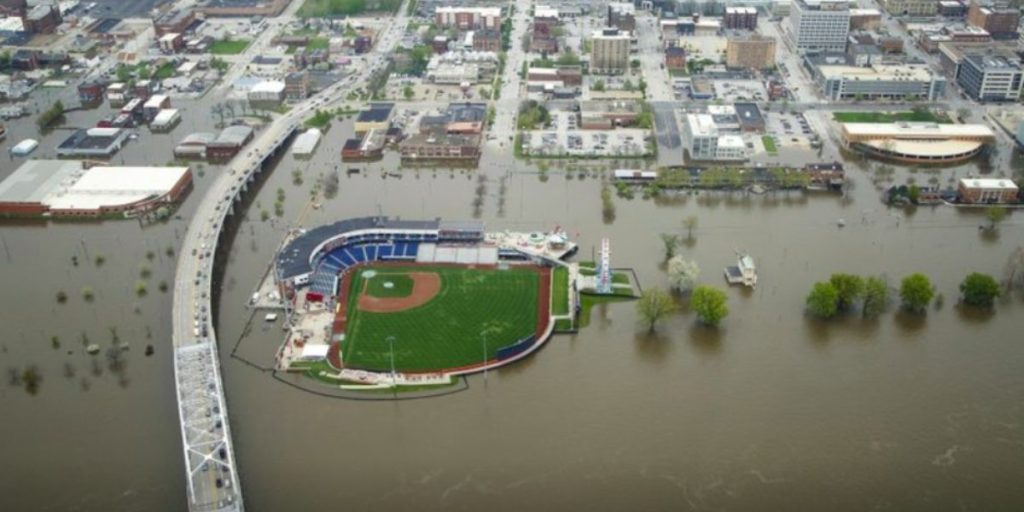The Mississippi River, often referred to as the “Mighty Mississippi,” has been witness to numerous historical events, shaping the course of American history. Among these, the Great Mississippi Flood of 1927 stands out as one of the most devastating natural disasters in the nation’s chronicles.
This catastrophic event not only altered the landscape of the region but also had far-reaching consequences, influencing societal and political dynamics.
Background
In the spring of 1927, heavy rainfall across the central United States saturated the soil and caused the Mississippi River to swell beyond its banks. The river, already known for its unpredictable and powerful nature, began to breach levees and flood low-lying areas along its course. The extensive rainfall, combined with the melting snow from the northern regions, contributed to the rising waters that would soon engulf vast swaths of land.
Extent of the Flood
The floodwaters affected multiple states along the Mississippi River, including Illinois, Missouri, Kentucky, Tennessee, Arkansas, Louisiana, and Mississippi. Towns and cities situated along the riverbanks faced unprecedented inundation, with thousands of square miles of land submerged underwater. The floodplain, usually fertile and inhabited, turned into an immense, murky sea, displacing hundreds of thousands of people.

Impact on Communities
The impact on communities was profound, particularly in the rural and predominantly African American areas. Levee breaches resulted in the loss of homes, crops, and livestock, leaving residents stranded and desperate for assistance. The economic toll was staggering, as farmland and infrastructure were destroyed, disrupting the livelihoods of countless individuals who depended on agriculture for their sustenance.
Response and Relief Efforts
The scale of the disaster prompted a massive response from both local and federal authorities. The American Red Cross played a crucial role in providing relief to the displaced population, setting up shelters, and distributing essential supplies. However, the response was not without controversy, as certain communities faced discrimination and disparities in the distribution of aid.
Social and Political Ramifications
The Great Mississippi Flood of 1927 had profound social and political ramifications. The unequal distribution of relief efforts highlighted racial disparities, leading to tensions and social unrest. The disaster brought attention to the need for better infrastructure and flood control measures along the Mississippi River, ultimately influencing the federal government’s policies and the establishment of the Flood Control Act of 1928.
Legacy
The legacy of the Great Mississippi Flood of 1927 endures as a stark reminder of the unpredictable power of nature and the societal challenges that arise in the face of such disasters. The event played a pivotal role in shaping future flood control policies, fostering a greater awareness of the need for comprehensive disaster response strategies, and sparking conversations about environmental stewardship.
Conclusion
The Great Mississippi Flood of 1927 remains etched in history as a monumental event that reshaped the lives of countless individuals and left an indelible mark on the landscape of the region. The lessons learned from this devastating flood continue to inform disaster preparedness and response efforts, emphasizing the importance of unity and equitable assistance in times of crisis.